If you go to Africa on vacation, many times you will want to go on a safari to see wild animals in freedom. It’s funny that when they tell you to go on a safari in Africa we always think of destinations like Serengeti, Masai Mara, Kruger … but at least to us, it would never have occurred to us to say South Luangwa as a destination to do safaris.
South Luangwa National Park, located in eastern Zambia, is one of the best sanctuaries for animal life left on the planet and it is basically concentrated around the river of the same name, the Luangwa River. You can find more than 60 animal species and more than 400 species of birds.
South Luangwa is a national park that meets all the requirements for a good safari and that you really enjoy the experience. It is a fairly unknown park but it will give you impressive scenes of animal life, like the ones we live in and that we will tell you about later. It is a very good alternative to the busier parks in East Africa.
How to get there?
South Luangwa NP is not an easy park to get to. It will take at least a day to get there, whether you go by public transport or in your own car from Lusaka, the capital. The park is relatively close to the border with Malawi, where you will have to get to the main town of Chipata and from there travel the 130 kilometers by a tarred road that separates this town from the gate entrance to South Luangwa, in the town of Kakumbi.
If you come from Lusaka, the journey from the capital to Chipata is about 600 kilometers through a tarred road and tolls. Therefore, consider that it will take at least a day to get from Lusaka to the entrance gate of South Luangwa.
If you come from the north, which is where we came from, the only option to get there without having to take a long drive that will take you almost to Lusaka and go back to Chipata, is to cross through 3 national parks that remain in the north of the South Luangwa area. These are North Luangwa, Luambe National Park, and the Nsefu Reserve. You will arrive directly at the entrance gate to South Luangwa passing through some very beautiful roads, crossing the Luangwa River in a very adventurous way and observing different animals (but in less quantity than South Luangwa). This option will be impossible to do during the rainy season that usually runs from December to April, since access to North Luangwa is closed. You can check our experience of how to get to South Luangwa from the north by clicking here.
For those who have a few days (but with a higher budget) there is also the option of going by plane from Lusaka to Mfuwe (airport located next to the entrance to the park) through the airline Proflight Zambia, with a flight duration of about two hours.
Although two of the main attractions in Zambia such as Victoria Falls in the west (you can read our experience here) and South Luangwa NP in the east are separated by more than 1.000 kilometers, if you travel to Zambia we recommend that you prepare the itinerary to include these two points in your journey through the country.
Permits and prices
In order to access into the South Luangwa NP, you must pay an entrance fee at the entrance gate just after Kakumbi Village, and before the bridge that crosses the Luangwa River. Tickets cost 25$ per person (international visitor) per day; plus 15$ per vehicle/day. The park is open from 6 am to 6 pm.
In South Luangwa you can also go on a night safari like the one we did. Companies usually charge about 100$ per person for a 4 hour safari, where 50$ goes to the park for the extra you have to pay if you want to do the night safari. Thinks that from 6pm onwards, only those vehicles from official agencies will be able to access the park. So, with your own car, you can’t go on a night safari. This safari ends at 8 pm which is when the park closes definitively its doors.
What to do in South Luangwa NP?
– Do a safari through the park
It is a relatively small park to do with the car compared to other parks to do the safari with a high concentration of animals. You can see large herds of elephants, many hippos, crocodiles, buffalos, Thornicroft giraffes and if you are lucky a feline such as lions or leopards. We saw a leopard with its young puppy in front of us, on an open branch, and it was a spectacular experience.
We did a double safari, the Diamond experience, with Nicolas from Njobvu Safaris which consists of doing a safari in the morning and another at night, lasting about three and a half hours each. You can consult his website and see the different safari options that they do and that you can hire with an efficient, serious service that will not disappoint you.
– Do a night safari
It is one of the few African parks where you can go on a night safari, after sunset. Normally the parks, with the sunset, close their doors, but in South Luangwa you can extend the experience to see nocturnal animals and if you are lucky, some predators will hunt. Thus, the afternoon safari, which would be until 6:00 p.m., lasts until 8:00 p.m. to live this unique experience in the world. We did one and it was spectacular!
Think that you should do the night safari with a local company and go with his own car. These companies normally do the safari from 4:00 p.m. to 8:00 p.m., and it allows you to have a very complete view of the park.
During the night safari, you travel with a driver-guide and a co-pilot who goes with a long-distance spotlight and who illuminates the different trees and paths of the park in search of animals. During the night, the eyes of the animals shine a lot and, in addition, you will be able to see nocturnal animals such as the genet. It is a highly recommended experience for you to do the safari from a totally different perspective.
– Go on a walking safari
South Luangwa is one of the few places in the world where you can go on walking safaris to see the animals. Walking with wild animals is one of the best experiences that if you have never done, we recommend that you do. We did not do these walking safaris in this park due to a tight budget (we did it in Mana Pools, if you want to know more about the experience click here), but with everyone we talk, they say good comments about the experience in South Luangwa. The guides and rangers that accompany you are very prepared and as the safari progresses, they give information on how to follow animal tracks and different curiosities of them.
– Enjoy the views from your accomodation
Normally, the accommodations in this area are also located next to the river. This means that you can see animals without leaving your tent or the Lodge where you are staying. Being next to wildlife is impressive, we were camping at the Crocodile Camp and saw elephants, hippos, crocodiles… right almost next to us. One night a herd of elephants surrounded our tent to eat and we felt so small! Excited and scared at the same time!
Where to sleep in South Luangwa NP?
Around the Luangwa River and in the area outside the park, you will find different accommodation options. Within the park, there are also accommodation options but with higher budgets. We, among those out there, recommend:
– Crocodile Valley Camp: It is an accommodation that presents different types of accommodation: you can sleep in a cabin or you can camp next to the Luangwa River. We stayed 3 nights, camping with our car. The price for camping is about 10$ per person per night. They have a nice pool and a restaurant where they make very good pizzas. They also offer a safari option with their cars. To book, you can click here.
– Njobvu Lodge: It is a relatively new accommodation where they have different cabins with very nice double rooms, facing the river where there are often elephants, with their own toilet and a dream pool. They offer different types of safaris to do within the park. If you want to book you can check their website here or book with Nicolas on the phone: +260976942984
Our route
DAY 1: After having slept just outside the North Luangwa NP where we crossed the river in the late afternoon, we continued our journey from north to south and passed through different reserves such as Luambe or Nsefu before arriving in Kakumbi mid-afternoon, at the gates of South Luangwa Park. We went to see the Crocodile Valley Camp and we decided to stay there as it has the different camping pitches located right next to the river. At night, we could hear elephants passing right by, so it was quite an adventure to sleep there!
DAY 2: Today we wanted to rest and take the opportunity to work to update the blog and wash clothes, so we were at the camping, bathing in the pool and disconnecting. Anyway, you always have to be on the lookout there! At noon, when Laia was washing clothes by hand, an elephant came up quietly eating from the branches of the trees. We remained immobile as they had recommended us, until suddenly the elephant ran with a shout towards where Laia was and stood a few meters from her. Luckily he left afterwards but we were pretty scared during our day of resting we wanted to do at the campsite!
In the afternoon, we took the opportunity to go see Nicolas from Njobvu Lodge who really wanted to show us his accommodation that he had recently opened. It had a very nice pool overlooking the river, and there we agreed that the next day we would spend the day in South Luangwa NP with his safari company: first doing a 4-hour morning tour and then doing a night safari in the afternoon.
At night, we returned to the campsite where we enjoyed a dinner with some very good pizzas and we went to sleep early, with the steps of elephants and other animals that roamed near the tent.
DAY 3: Today was the day we would definitely visit South Luangwa Park. At six o’clock in the morning, still dark, we met Larry at Njobvu Lodge, and from there we went with him to the park. We saw the first animals such as herds of buffalo, elephants, giraffes, antelopes, zebras… The landscape around the river makes this park a very beautiful place. After making a stop for breakfast while some giraffes were planted in the shade next to an acacia tree, we took a last drive through the park where we were lucky enough to see a leopard resting on a branch of a tree!
We left the park at 10am after 4 hours of safari and went back to our campsite to swim in the pool, have lunch and rest a bit before meeting them again at 4pm.
After lunch, we returned to Njobvu Lodge where we took some pictures of the pool taking advantage of the fact that it was freshly filled with water and the first tourists were starting to arrive the following week, and from there we left with Larry and a co-pilot in the park again. As we entered, we were lucky enough to see some elephants crossing the river… What a beautiful sight to see these big animals diving underwater and cooling off!
You can also see many hippos and different types of birds by the river. Our guide was a big fan of birds and it was very interesting to learn more about these animals. We also saw large herds of zebras and antelopes, but our big surprise was when we arrived at the tree where the leopard was this morning … There, the animal was still there even though it was not asleep now and he was well seated, as if posing for photography. And all of a sudden, we hear him start roaring and yelling at his baby. Elephants were approaching, passing by where the leopard was, and we saw a leopard cub coming out of the bushes, walking slowly toward the tree where its mother was. It climbed like a cat, and they spent a while playing with their mother, licking, standing up, roaring … One of the most beautiful wildlife shows we have ever seen in Africa!
We would have stayed there all afternoon, but we also had to let our place for the other cars, so we continued on to a baobab where we could enjoy the sunset and a beer before getting ready for the night safari.
It was time to start the night safari, so they put a big spotlight connected on a car battery. With this focus, the co-pilot was moving it from side to side trying to find an animal. From time to time, you see the bright eyes of an impala and the night gets darker and darker… It’s amazing to be in the middle of the night savannah surrounded by animals that you don’t see but that you feel very close to. We were lucky enough to see some nocturnal animals like the civet or the elephant shrew.
And finally, when we returned to the area where we had found the leopard, we suddenly found the animal walking. We saw it in every possible way today! We followed her slowly with the focus … She was approaching a group of impalas and it looked like the hunt was imminent. Larry said we couldn’t light it so much that we didn’t notice the animal to the impalas. We are in the savannah and this is wildlife! So we waited for the leopard to attack the group of impalas that were still and about 5-10 meters from the animal. However, the leopard did not move and time was running out. With ten minutes to go before eight o’clock, Larry said we had to leave and we left the leopard there ready to hunt some of the impalas. Surely that night, the leopard cub would not go hungry!
We left the park in amazement at the scenery and wildlife we had seen in South Luangwa. We missed finding lions and wild dogs, but it was a spectacular experience, especially on the night safari and watching the leopard approach its prey and find you in the middle of this spectacle of nature. We ended these day with a good local beer and some pizzas at Crocodile Valley Camp.
DAY 4: After a few days in the eastern part of Zambia, it was time to say goodbye to the Luangwa River and head for the other major river in the country: the Zambezi River. In the morning, we picked up all our belongings and after one last swim in the pool, we headed to Chipata where we shopped at the supermarket and headed to Chongwe. Today we would not reach our destination, so we would have to stop when we were tired in some wild camping area on the side of the road. We left behind South Luangwa and one of the best-kept treasures in Zambia!


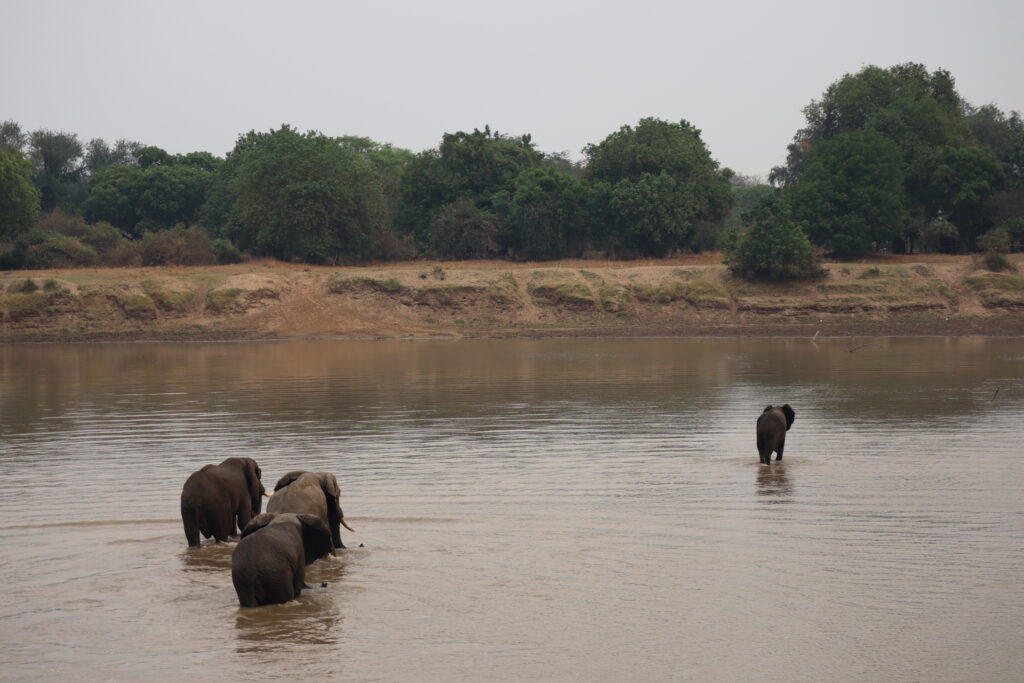
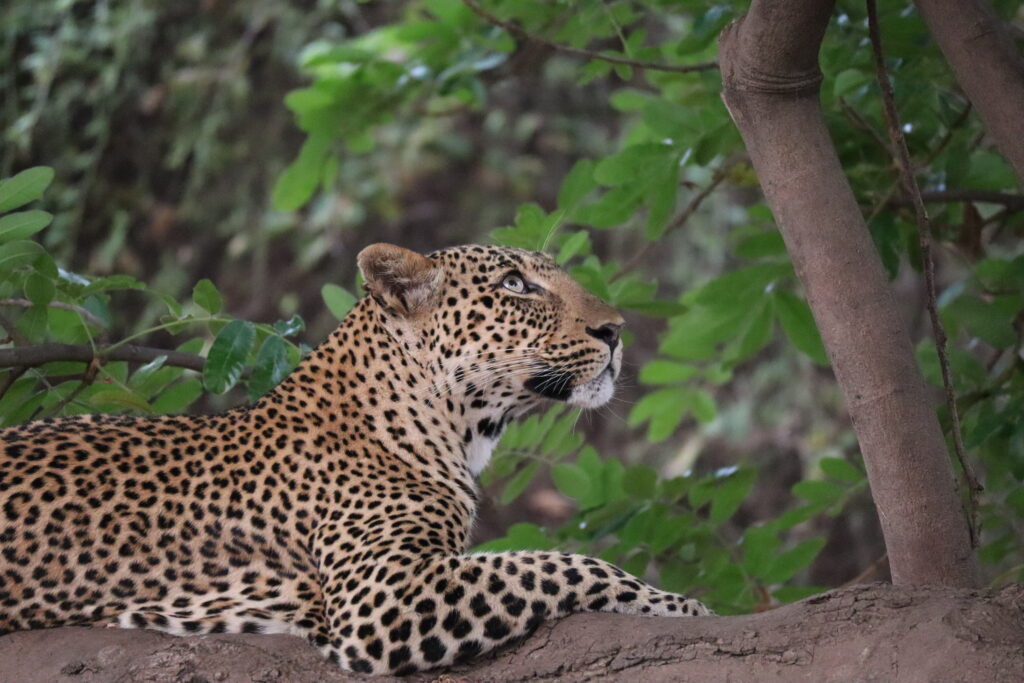
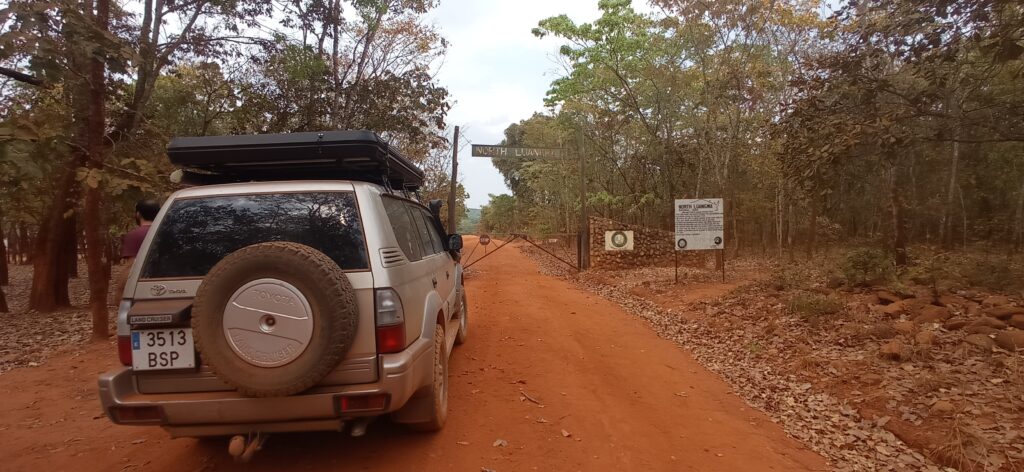
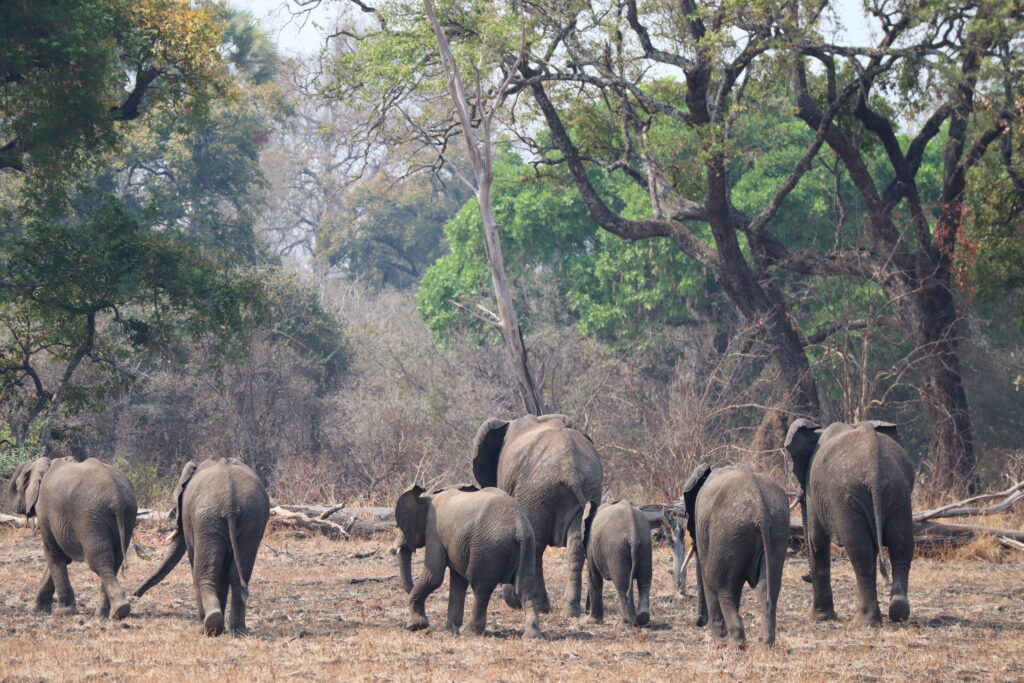

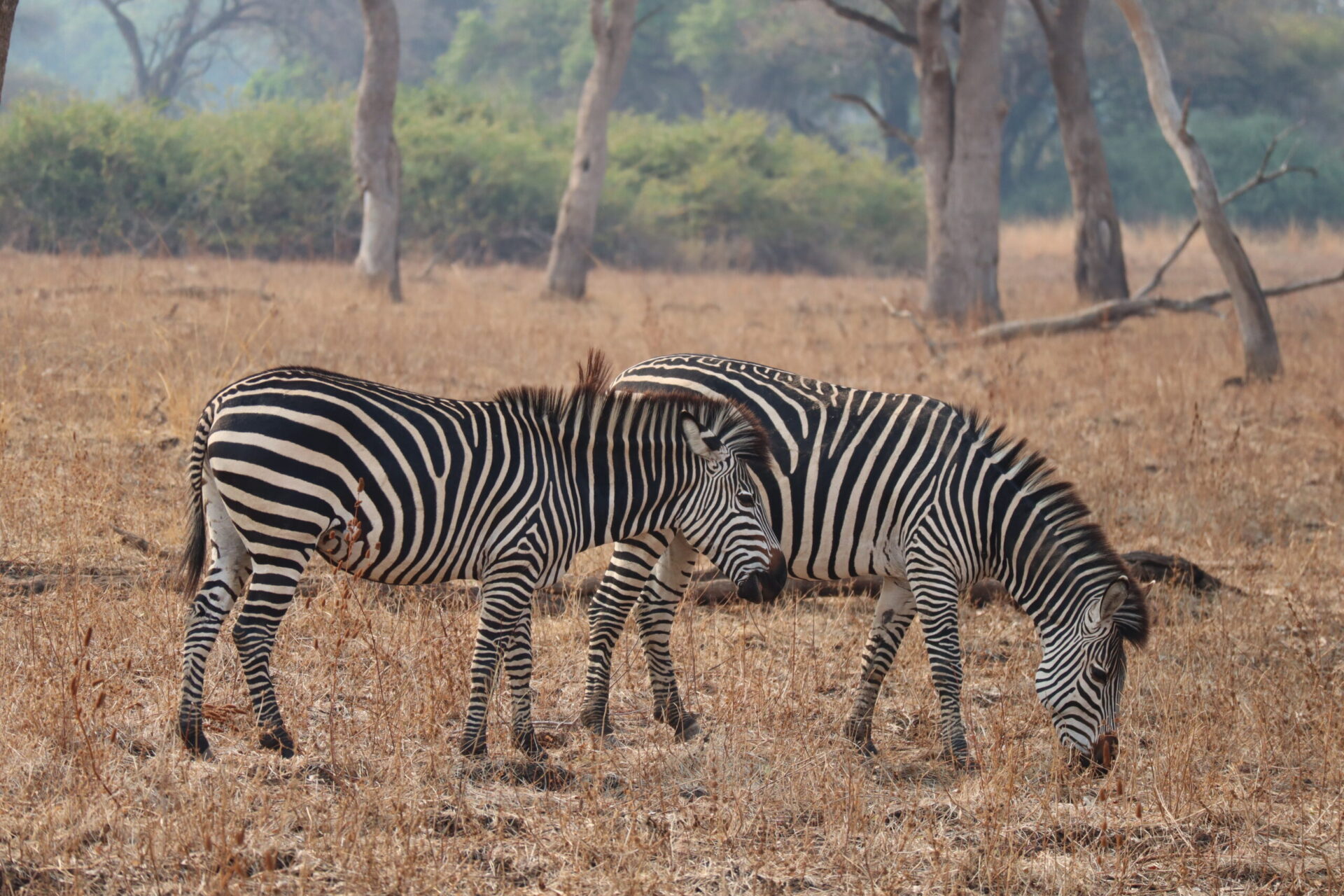

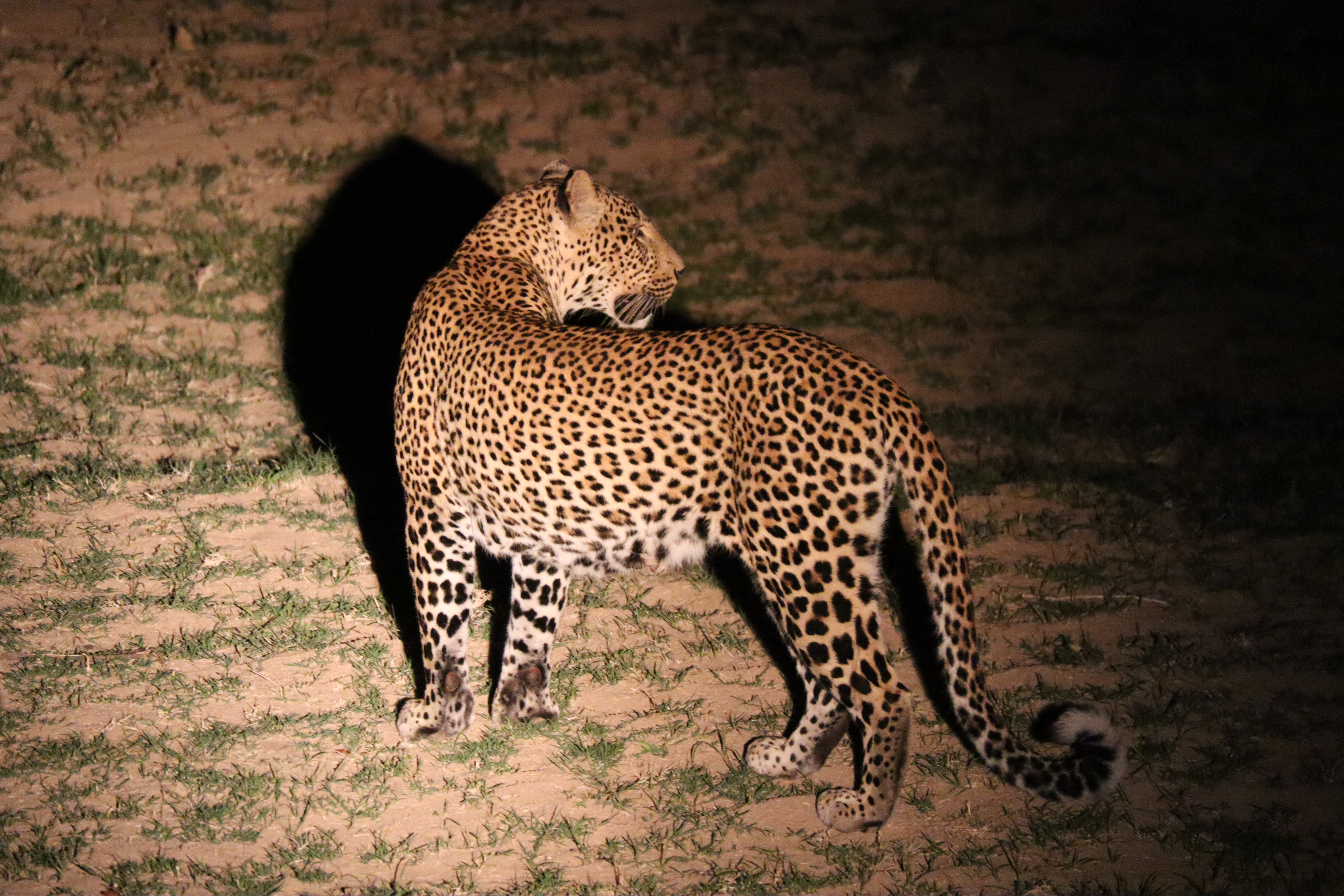
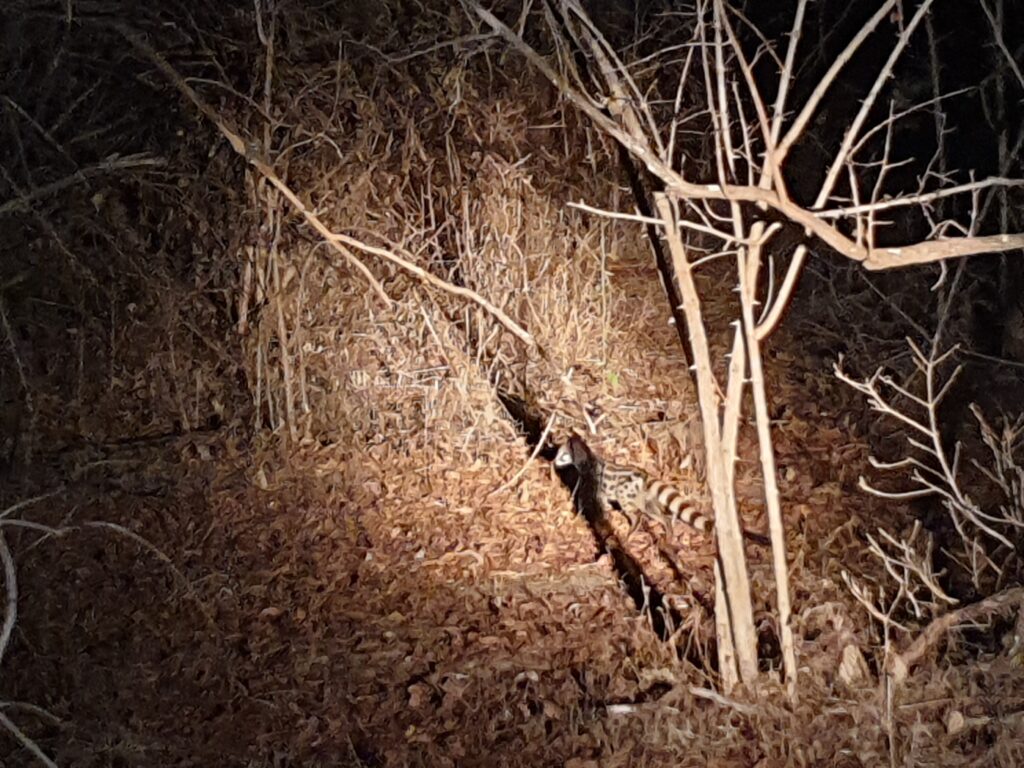

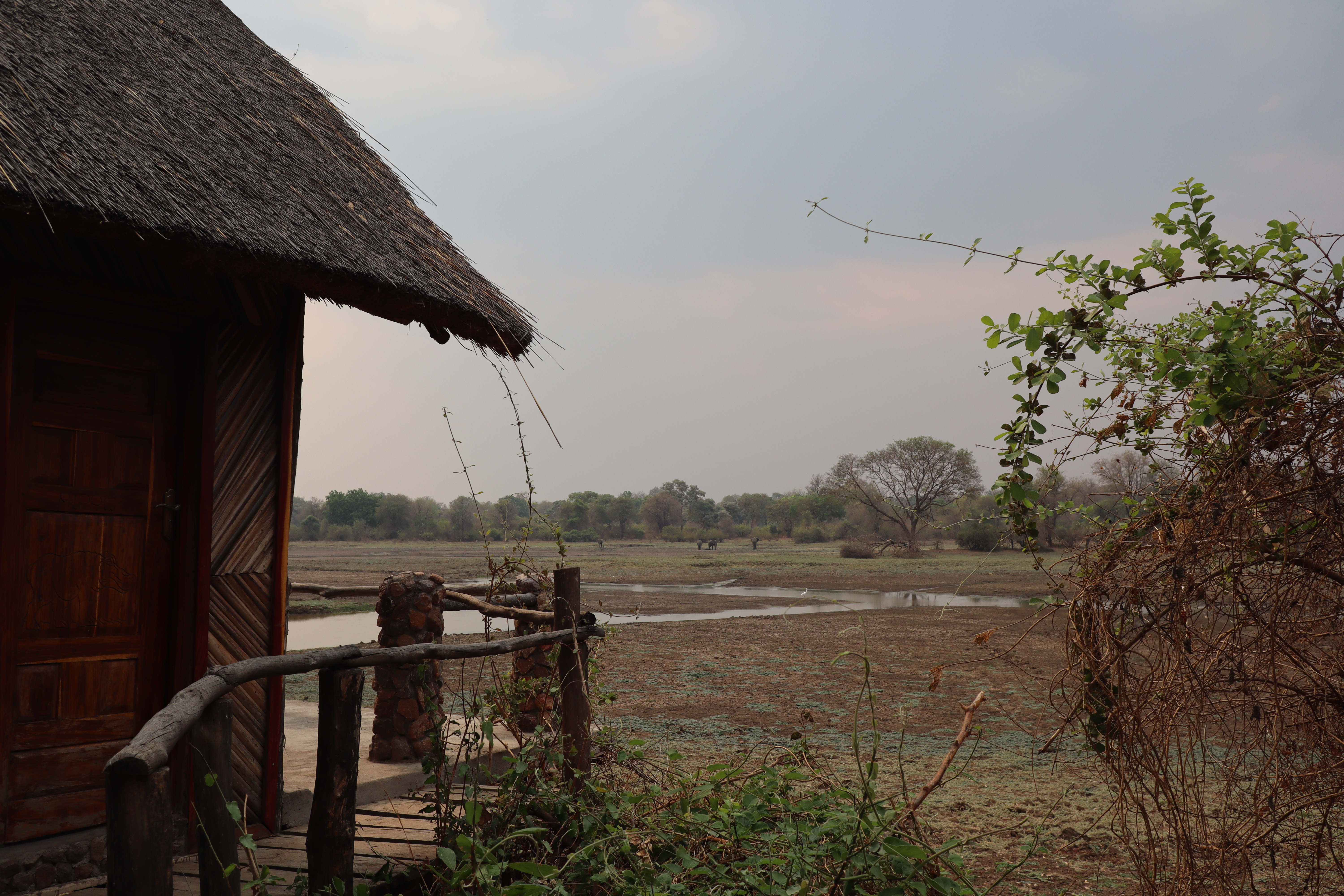
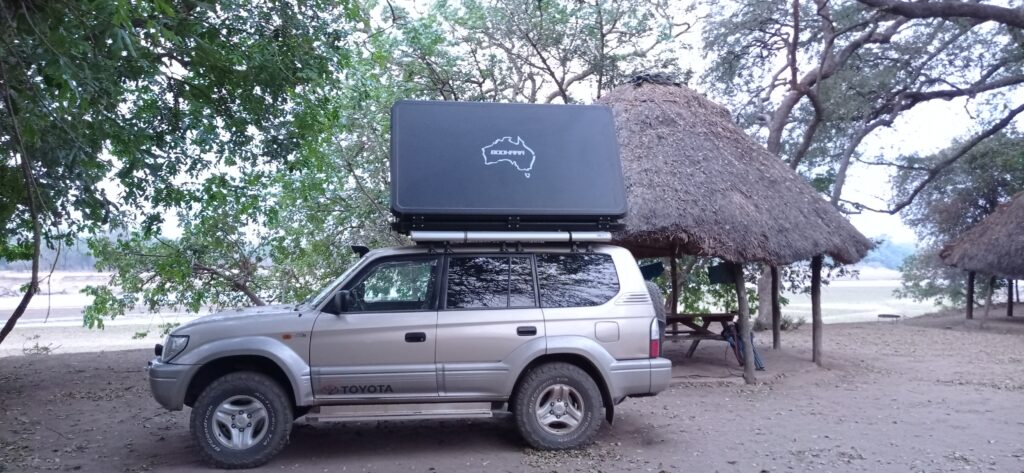
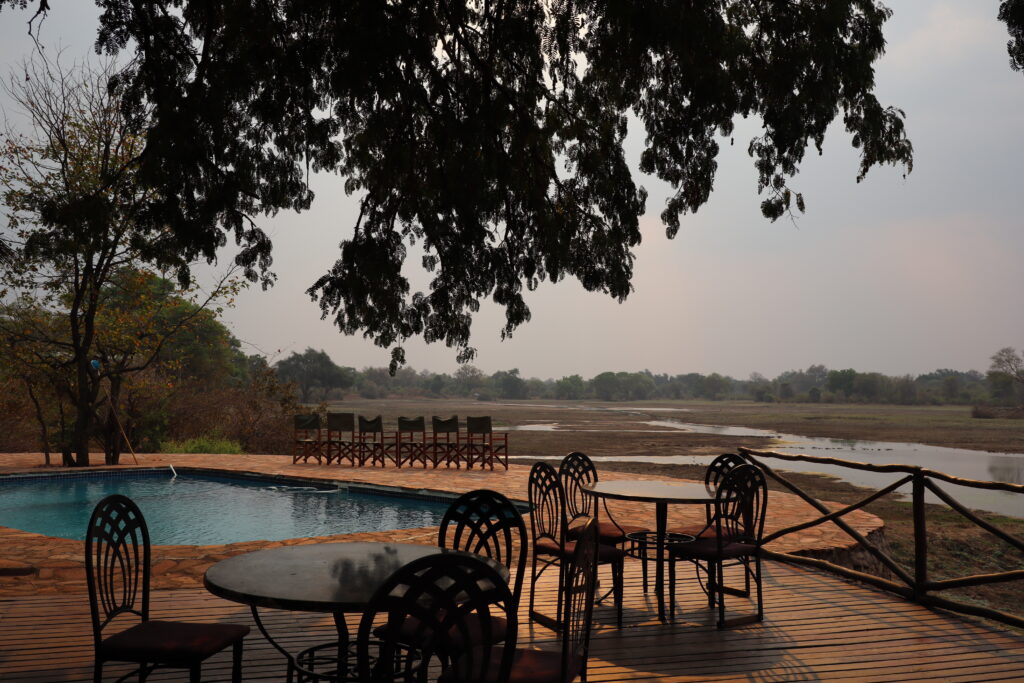
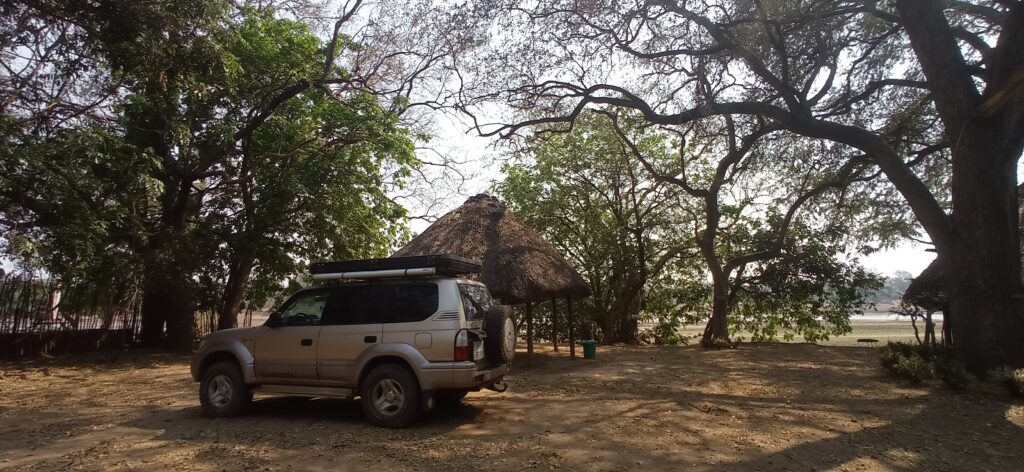
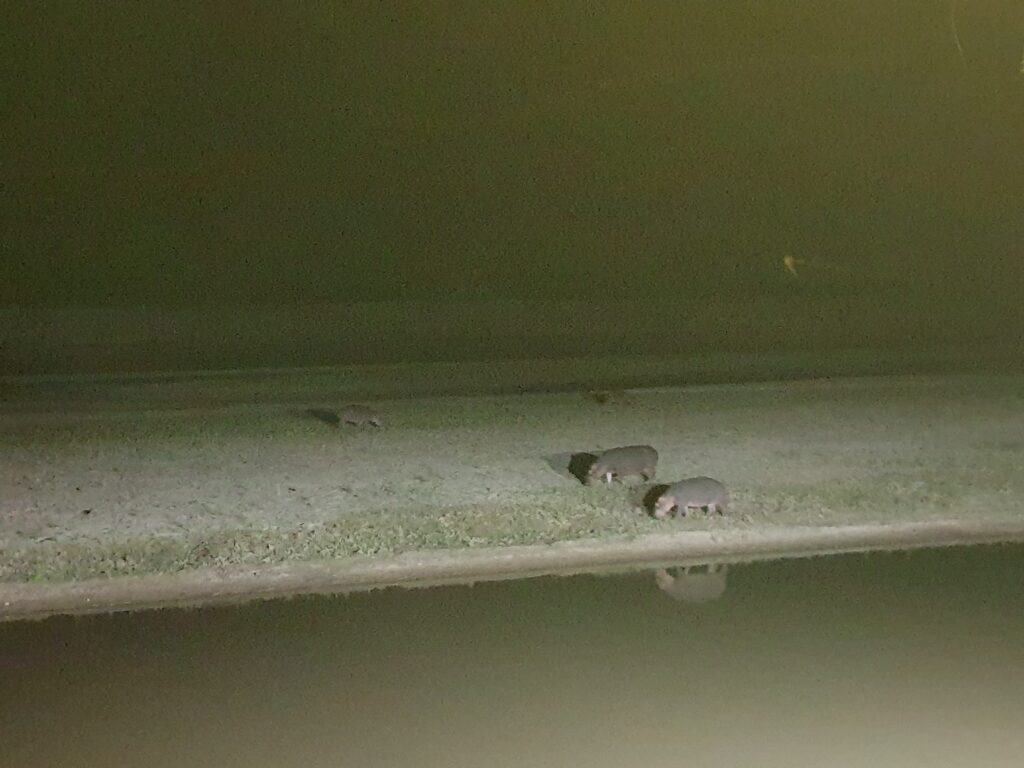




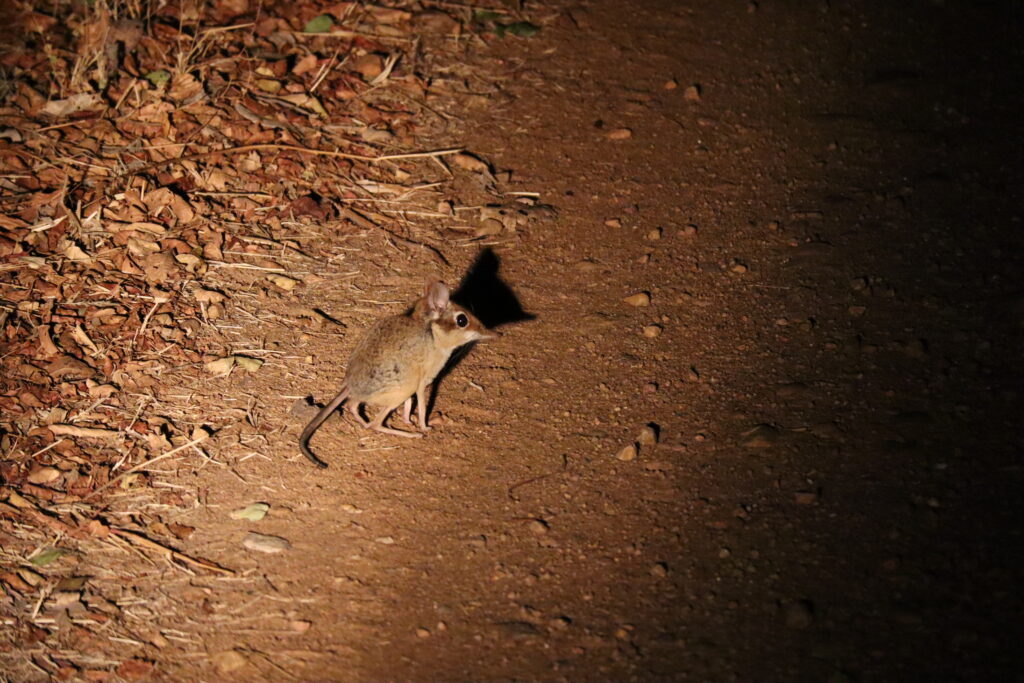

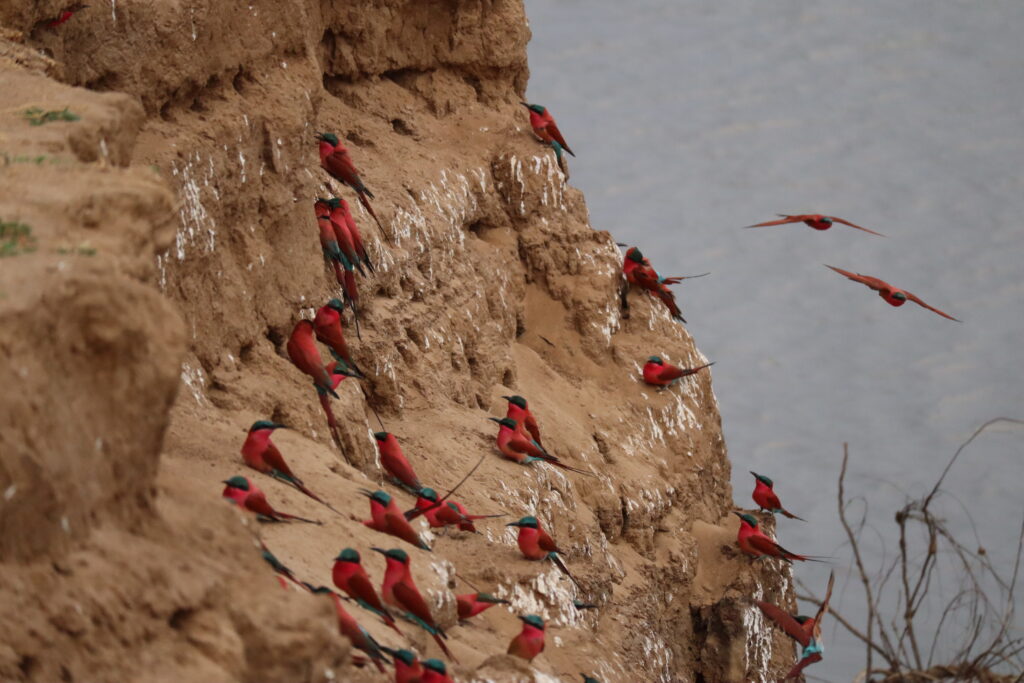
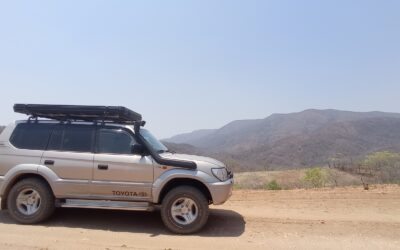
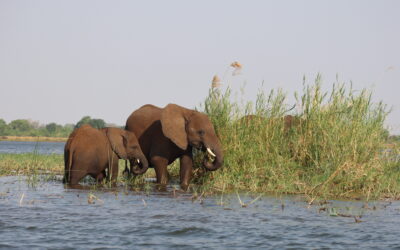
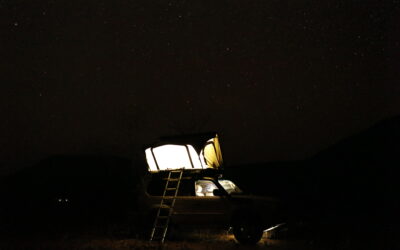
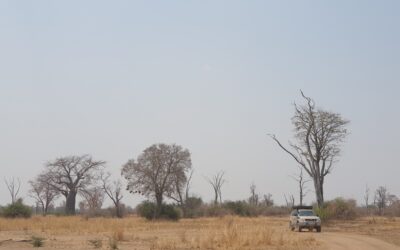

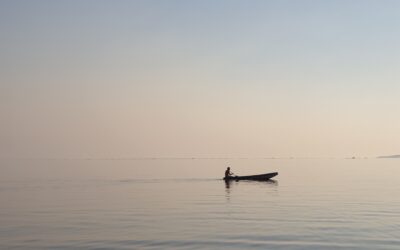
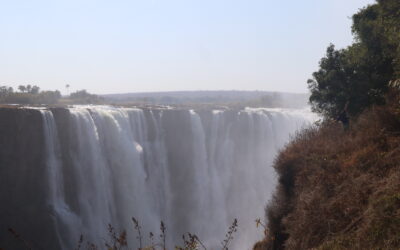
0 Comments